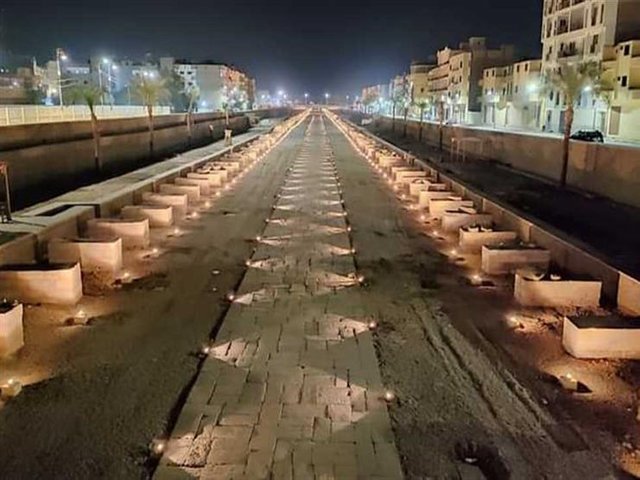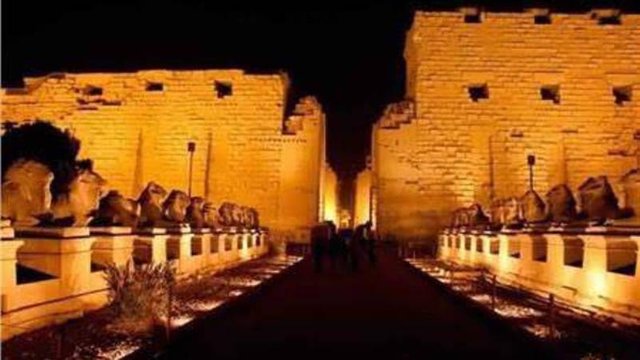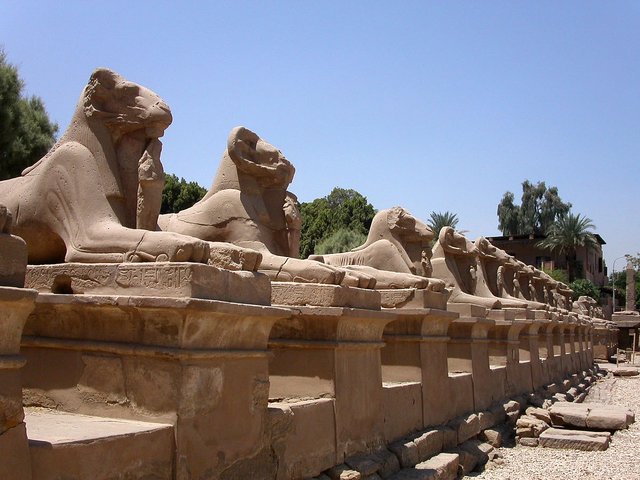Egyptian Opet Festival
Egypt's Pharaohs are once again celebrating Open Festival
The president reopened the Wabash road after repairing it
The Wabash Road was built during the era of the modern state and was completed during the reign of the 30th Dynasty's ruler, Elected I (380-362 B.C.), but it has been buried under layers of sand over the centuries.
The first trace of the road was found in 1949 when Egyptian archeologist Bavaria Ghana discovered eight statues near the temple in Luxor, with another 17 statues discovered from 1958 to 1961 and 55 from 1961 to 1964 - all within a 250-meter radius.
From 1984 to 2000, the path of the entire walkway was finally set, leaving the excavators to find the way, but it was difficult as it entailed demolitions to make room for the way
The project to develop the Wabash Road started in 2007 and was stopped in 2011. Work resumed in 2017 until 2021.

Al-Kabbash Road consists of a stone sidewalk along the road. Around 1,300 statues line its sides, and each resembles a full ram and a male head on a lion's body. The Al-Kabbash Road connects the most important archeological landmarks in Luxor with sculptures made of sandstone. The road stretches 2,700 meters from the Al-Karnak Temple to the Temple of Luxor
"On November 25, 2021, Egypt opened the Kabbash Road to the public in the presence of Egyptian President Abdel Fattah al-Sisi in Luxor amidst great fanfare, after completing more than seven decades of restoration work."
Participants included pharaonic uniforms, a symphony orchestra, lighting effects, professional dancers, boats on the Nile, and horse-drawn carriages.
At the beginning of the celebration, three Pharaonic-style “sacred” boats were marching through the heart of the Nile amid dazzling lights, and these “holy boats” were designed in the Nile River to symbolize the sacred Triad of Thebes, Amon, Moat, and Khonso, the symbols of the celebration of Saturdays in ancient Egypt.
The priests had to perform these rituals twice a year: one on the Harvest Day, and the other on the King's Seating Day. The road, called the Royal Parade Road, is the oldest religious ceremonial road in history.

